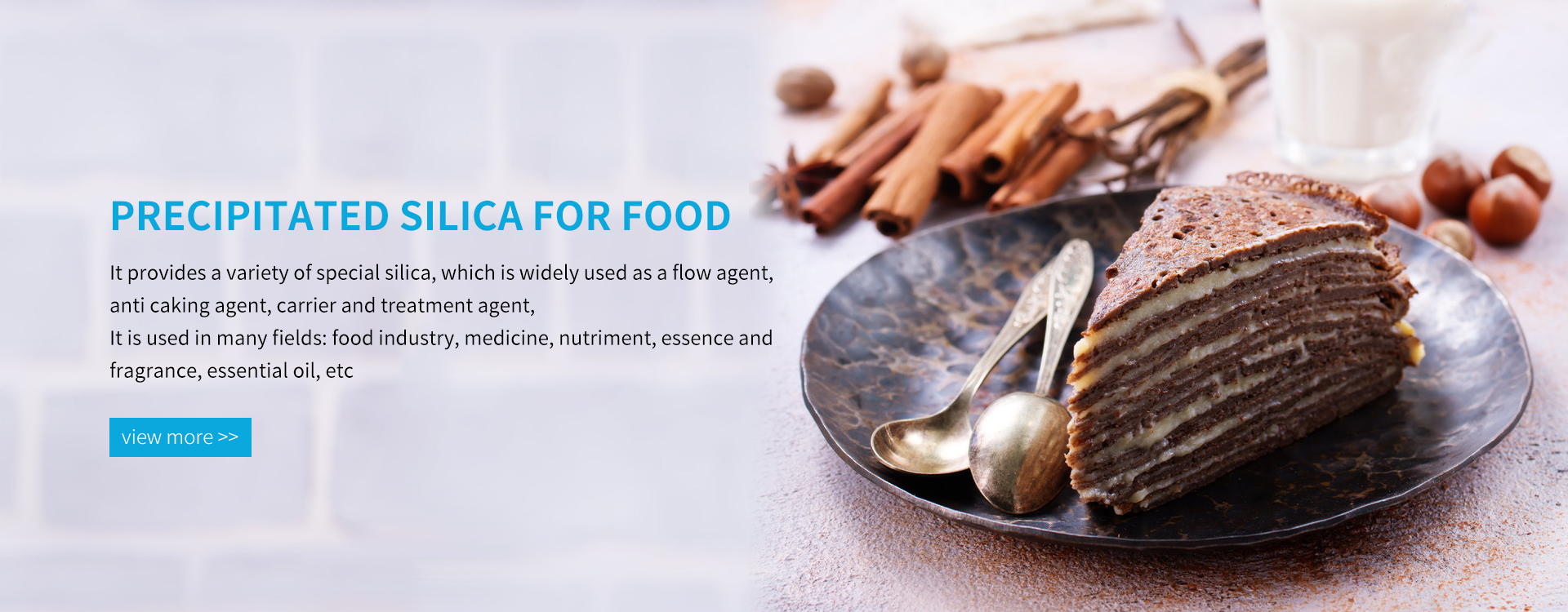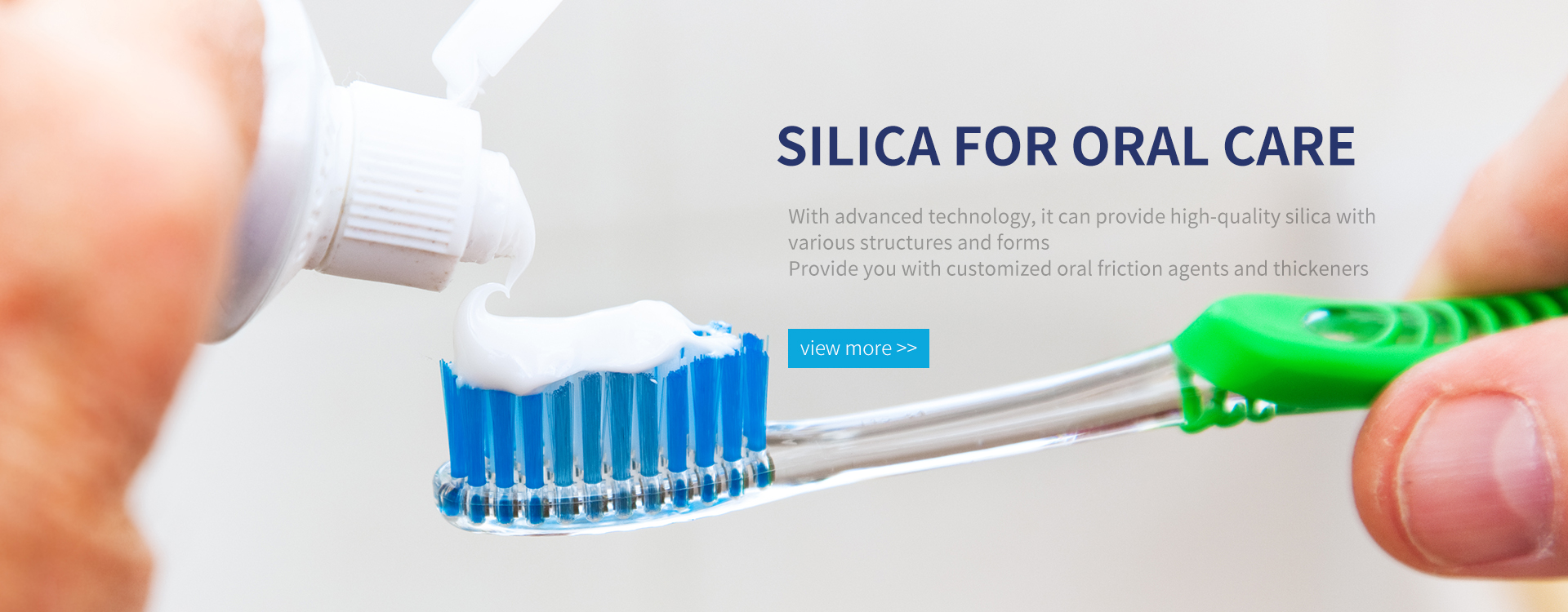At present, the industrial production of silicon dioxide mainly adopts precipitation method. The generated silicon dioxide surface contains a large number of polar groups such as hydroxyl, which leads to problems such as easy adsorption of water molecules, poor dispersion, easy secondary aggregation, etc., thus affecting the industrial application effect of silicon dioxide. Therefore, before industrial application, silica needs to be surface modified to improve its industrial application performance.
At present, chemical surface modification of silica mainly includes surface grafting modification, coupling agent modification, ionic liquid modification, polymer interface modification and blending modification. Although each modification process has its own advantages and characteristics, the current industrial application is mainly coupling agent modification.
1. Graft modification of silica surface
The principle of surface grafting modification method is to graft polymer with the same properties as the matrix polymer (such as rubber) onto the surface of silica by chemical grafting method. On the one hand, it can enhance the force between particles and matrix, change the polarity of particle surface, on the other hand, it can also improve the dispersion of silica itself.
It is suitable for grafting small molecular weight polymers, while the conditions for grafting high molecular weight polymers are harsh.
2. Modification of silica coupling agent
The principle of coupling agent modification is to use some functional groups on the coupling agent to react with the hydroxyl group on the silica surface, so as to change the structure and distribution of silica surface groups, improve the compatibility and dispersion with the matrix. Coupling agent modification is one of the widely used modification methods because of its good modification effect and high controllability of reaction.
At present, silane coupling agents, siloxane coupling agents and silazane coupling agents are widely used. In practical application, the main process of coupling agent modification is divided into four steps: mixing reaction, cooling separation, repeated washing and precipitation.
3. Modification of silica ion solution
Ionic liquids, also known as room temperature ionic liquids, are molten salts composed of organic cations and organic or inorganic anions, which are liquid below 100 ℃. The modification of ionic liquid is to replace the traditional organic phase modifier with ionic liquid modifier to modify silica. Compared with the traditional organic phase modifier, ionic liquid has the advantages of room temperature liquid, strong conductivity, high stability, good solubility, non-volatile, easy to produce pollution, etc. It is more in line with the requirements of green production, but the modification effect is poor.
The process of ionic liquid modification is relatively simple. A certain amount of absolute ethanol is added into the mixed system of silica and ionic liquid, and then it is put into a constant temperature water bath for reaction. After sufficient reaction, modified silica can be obtained by drying.
4. Interface modification of silica macromolecules
The modifier used for polymer interface modification is a polymer containing polar groups. In the modification reaction with silica particles, the main chain of macromolecular interface modifier can maintain the basic main chain structure, while introducing more polar epoxy groups, so as to improve the compatibility between silica particles and the matrix and achieve better interface modification effect. The method can be used together with coupling agent to strengthen the matrix, but the strengthening effect is poor when used alone.
5. Blending modification of silica
Blending modification is to combine silica with other materials and combine their respective advantages to improve the overall performance of rubber products. This method can combine the advantages of the two modifiers to improve the comprehensive performance of the matrix, but the modification effect is closely related to the ratio of modifiers.
For example, carbon black and silicon dioxide are both good reinforcing agents in the rubber industry, and carbon black is one of the commonly used reinforcing agents in the rubber industry. The special structure of carbon black can improve the tensile and tear strength of rubber materials, improve their wear resistance, cold resistance and other properties; Silica as a reinforcing agent can significantly improve the rolling resistance and wet sliding resistance of rubber products, but its effect is not as good as carbon black when used alone. A large number of studies have shown that the combination of carbon black and silica as reinforcing agent can combine the advantages of both to improve the overall performance of rubber products.

 中文(簡體)
中文(簡體) 



